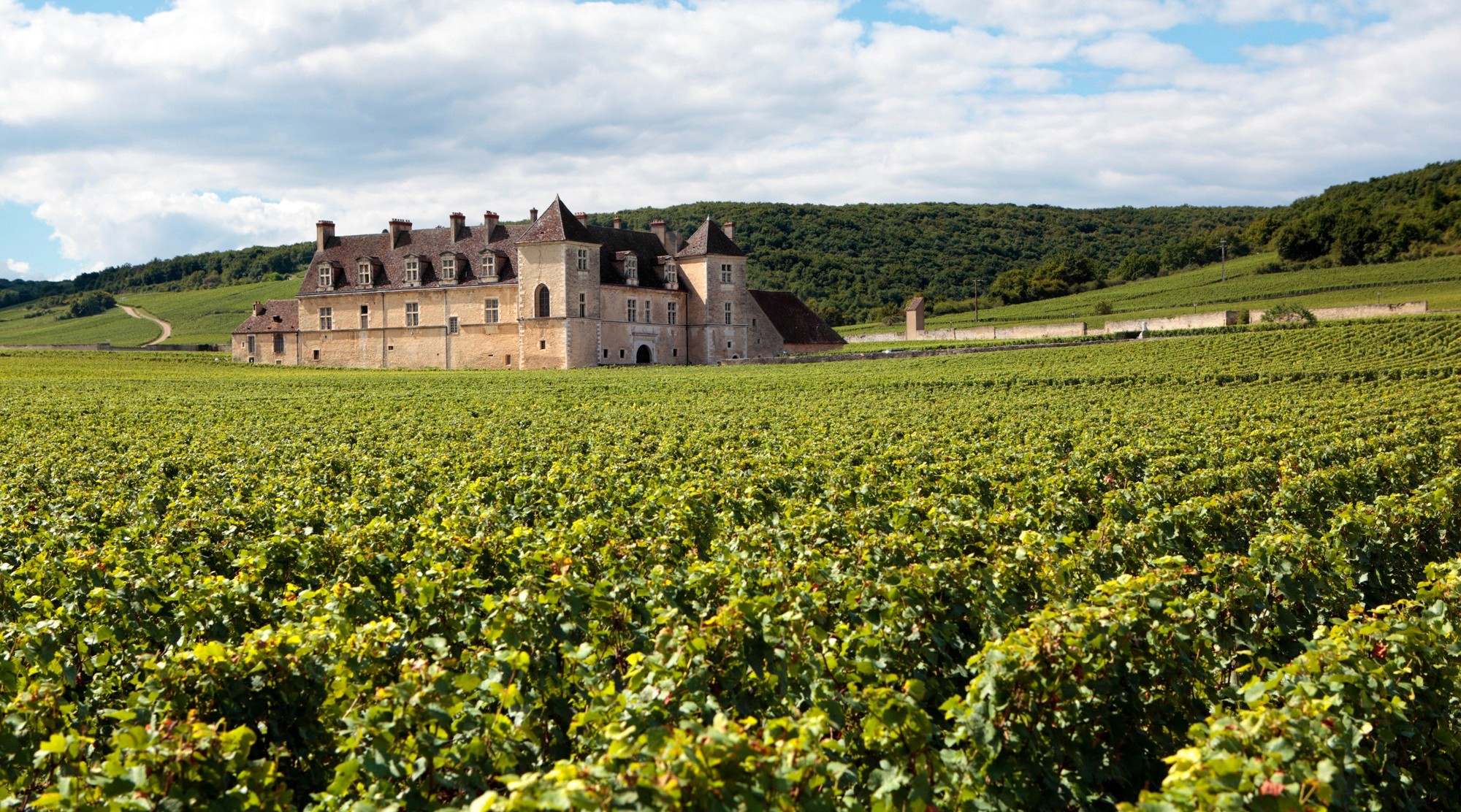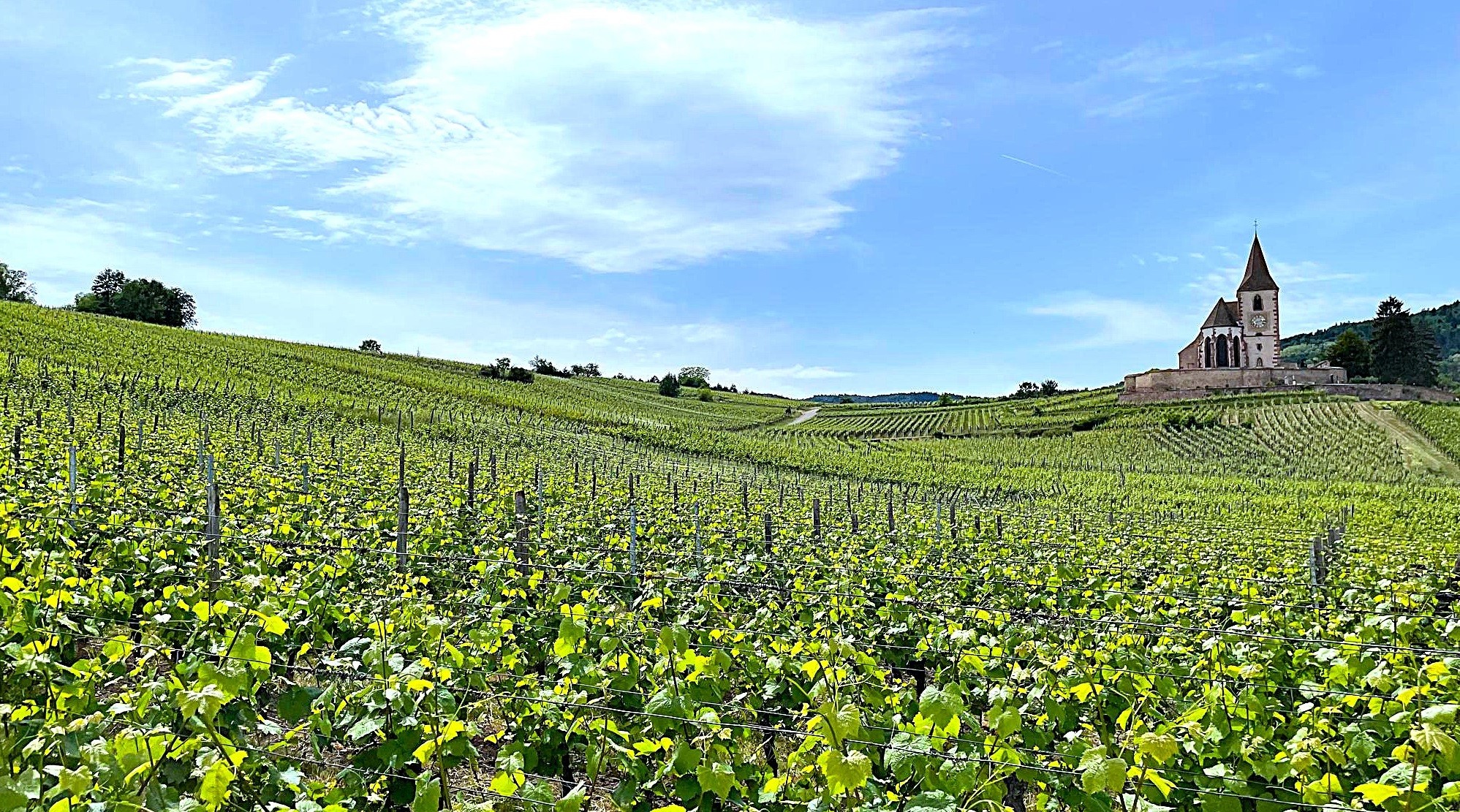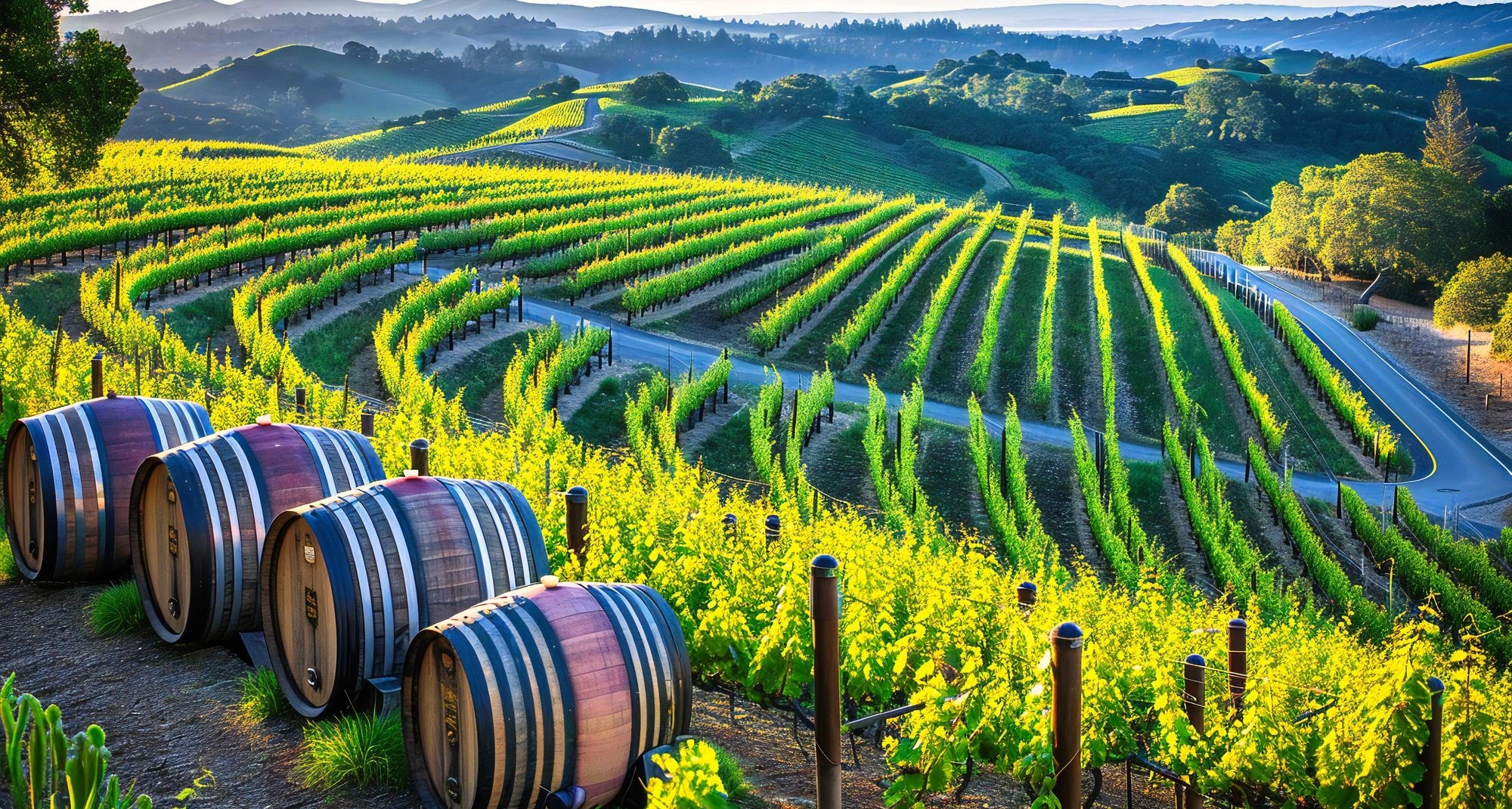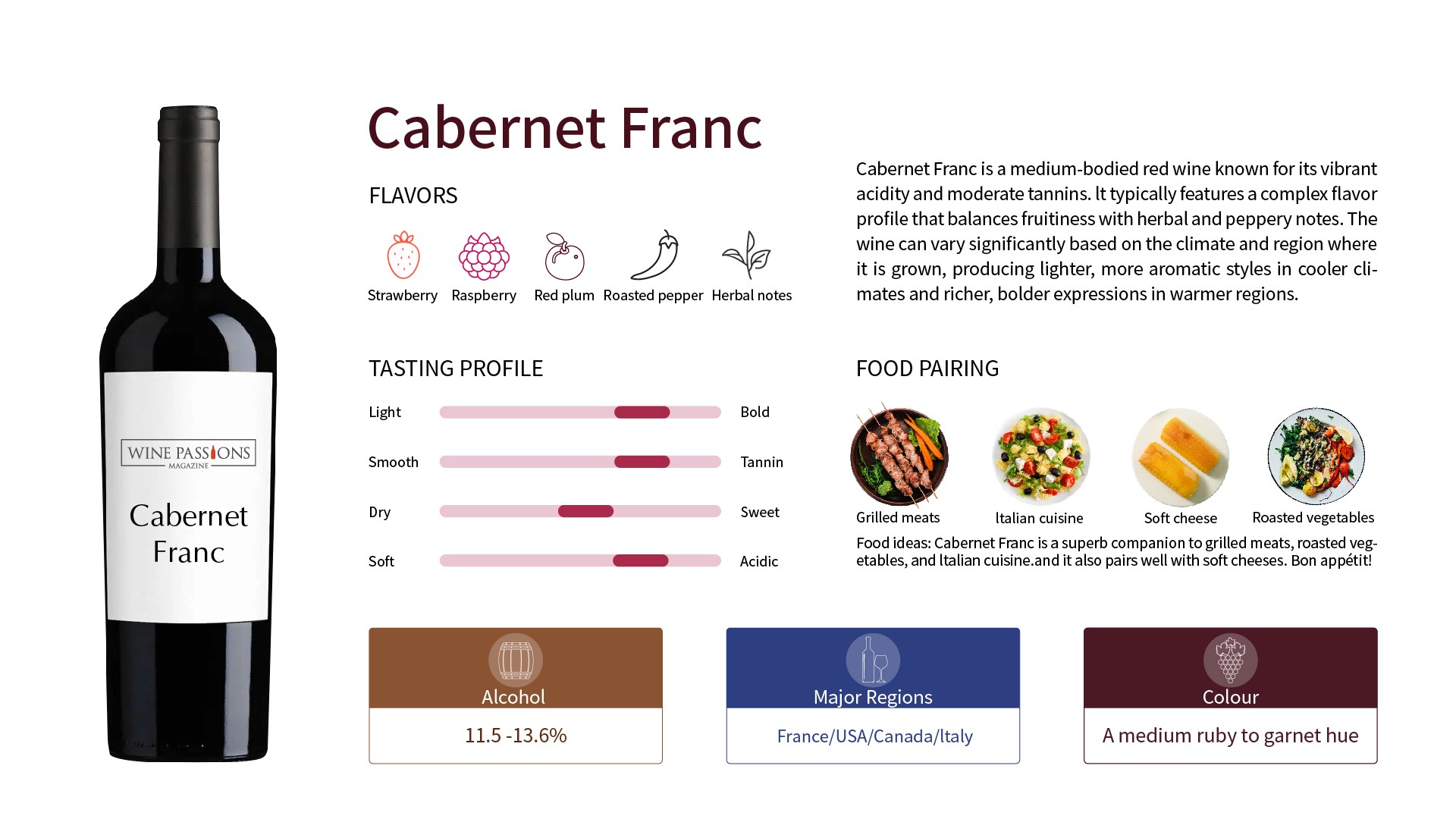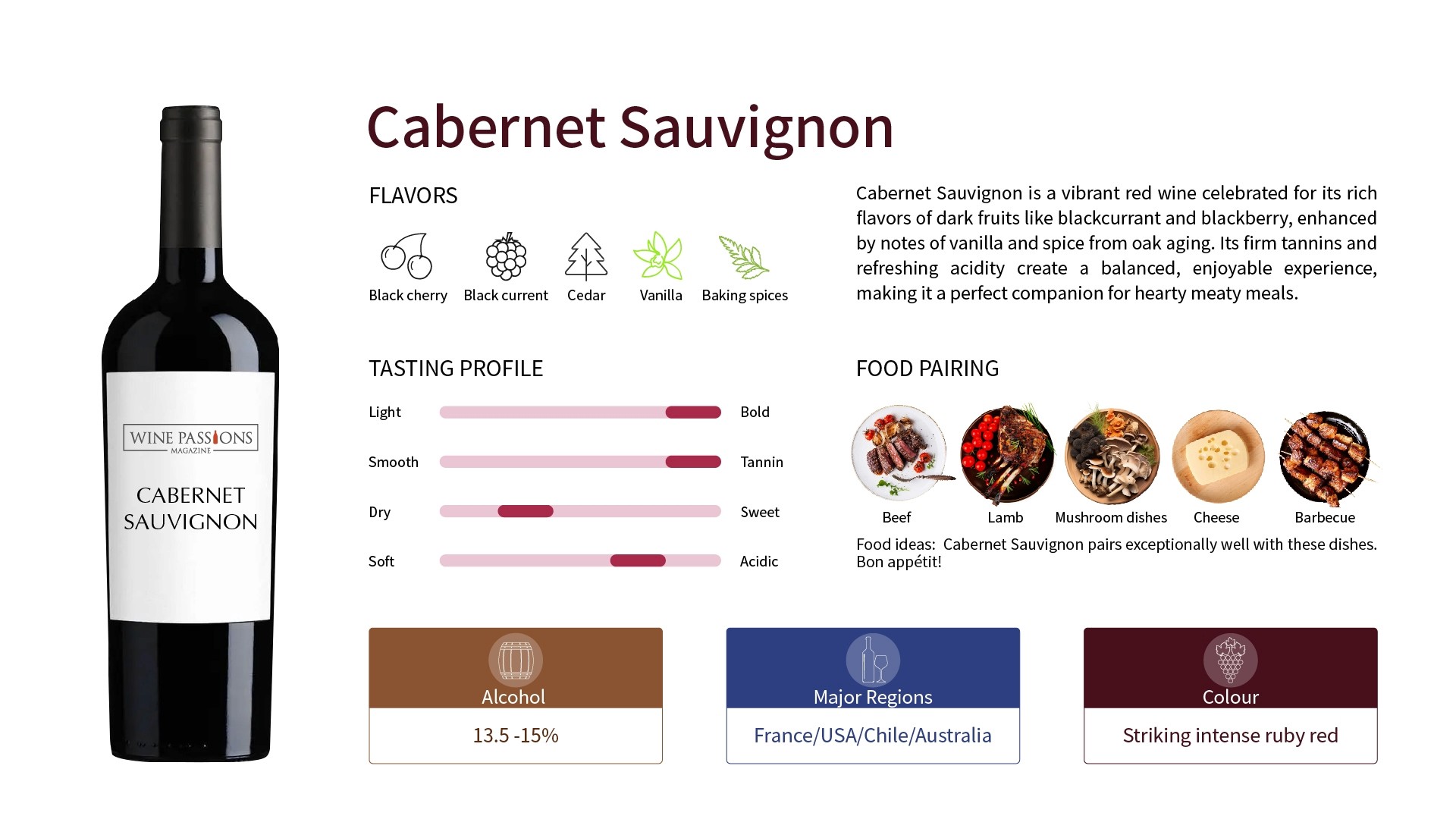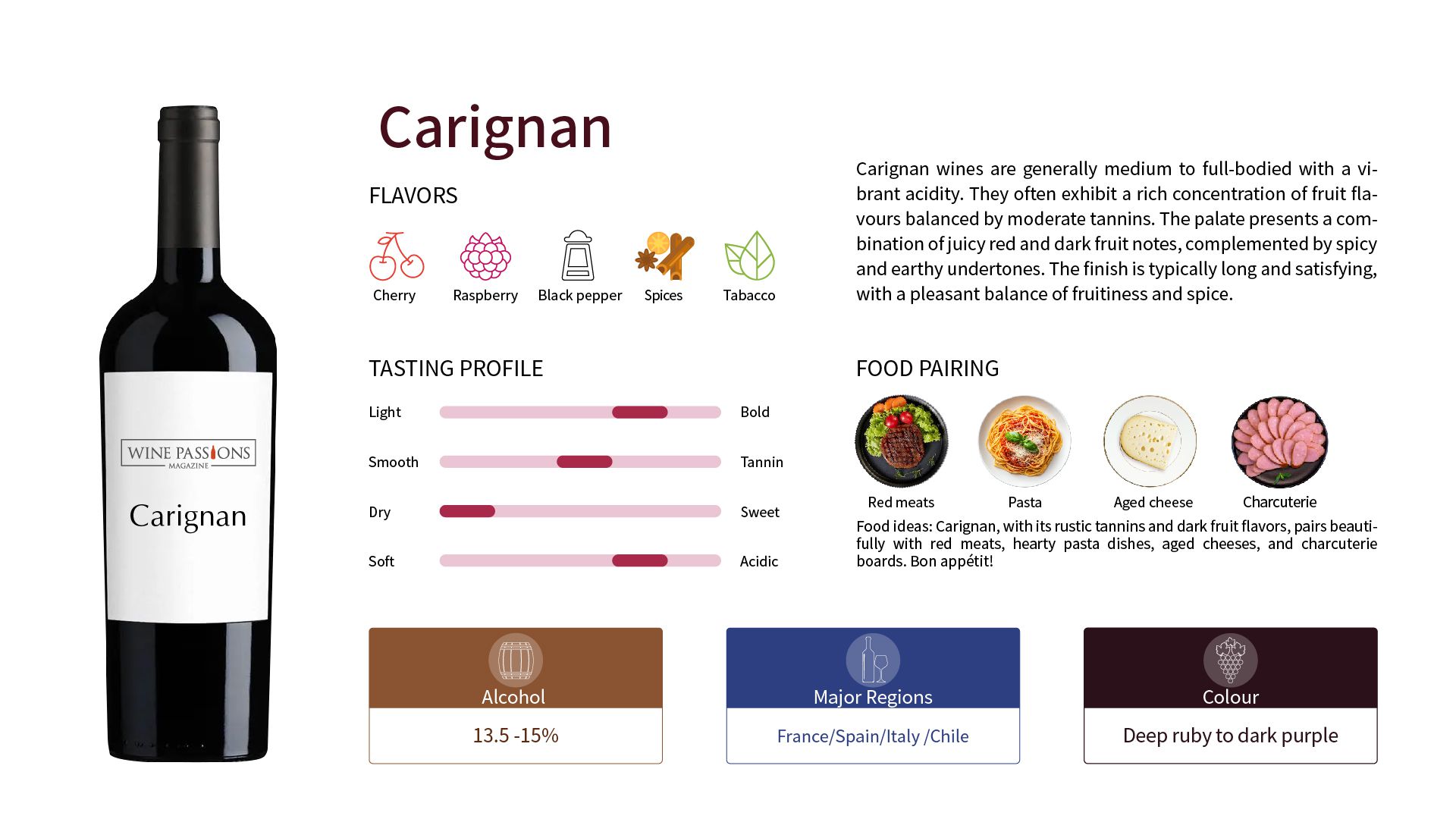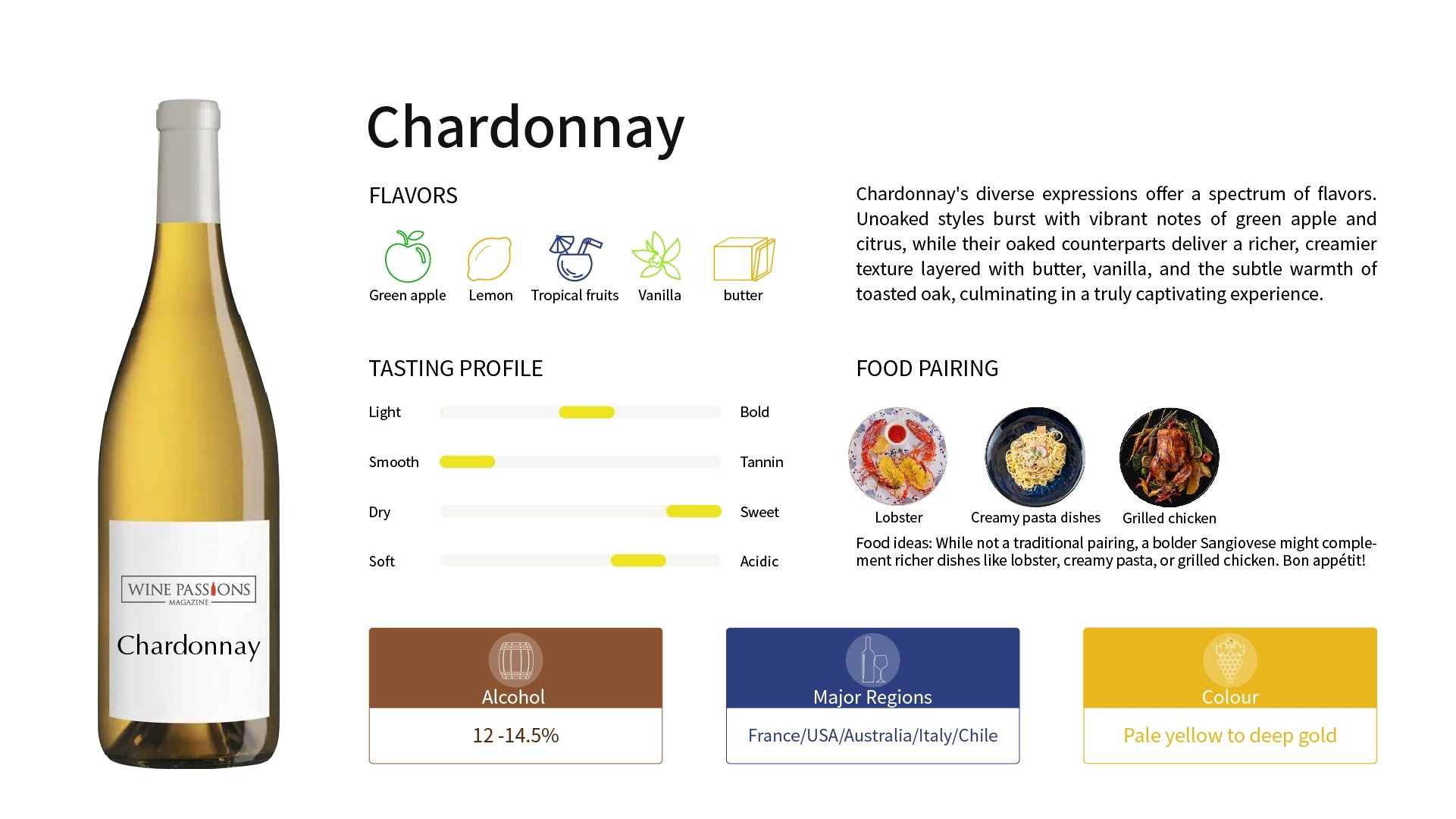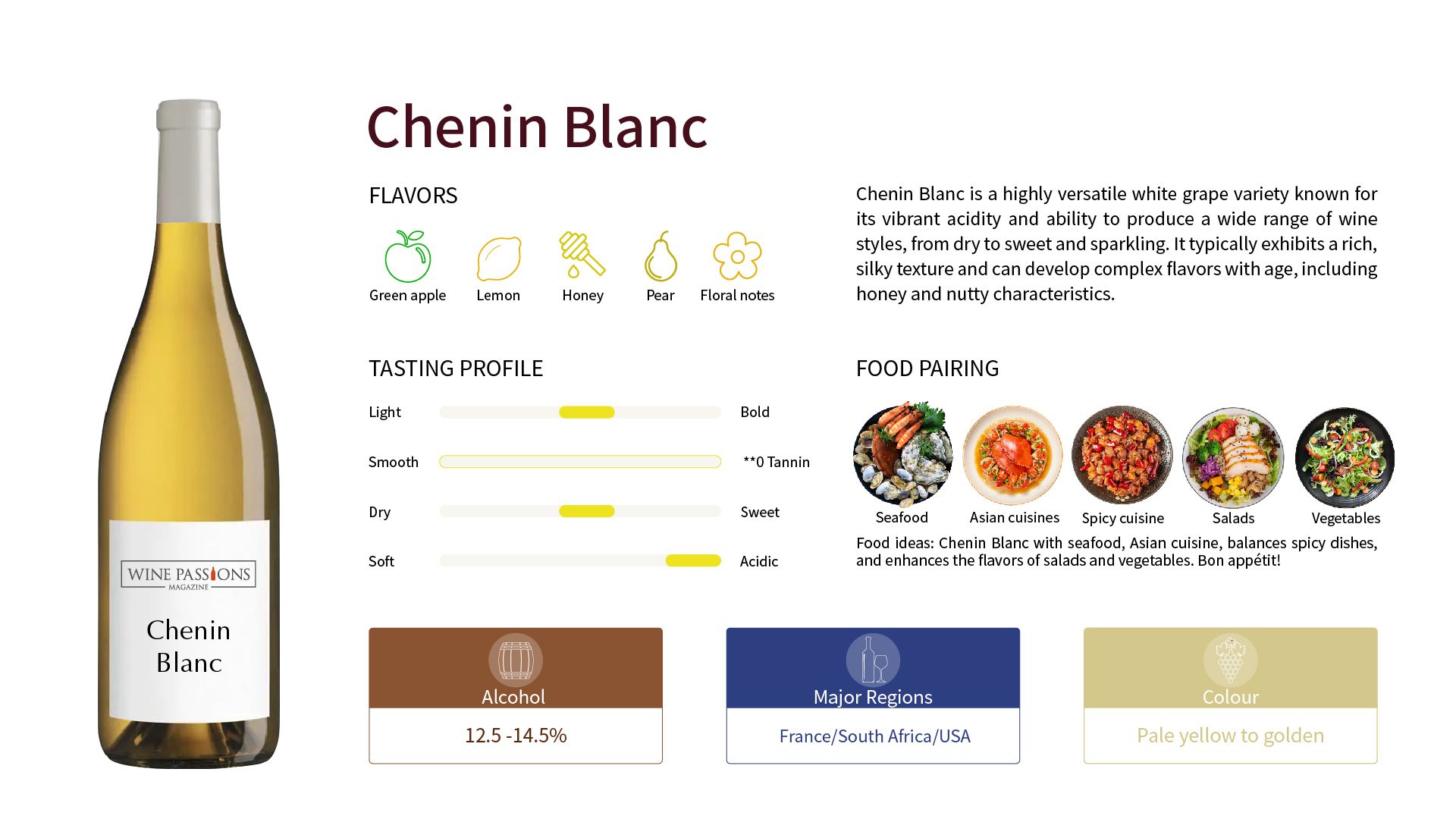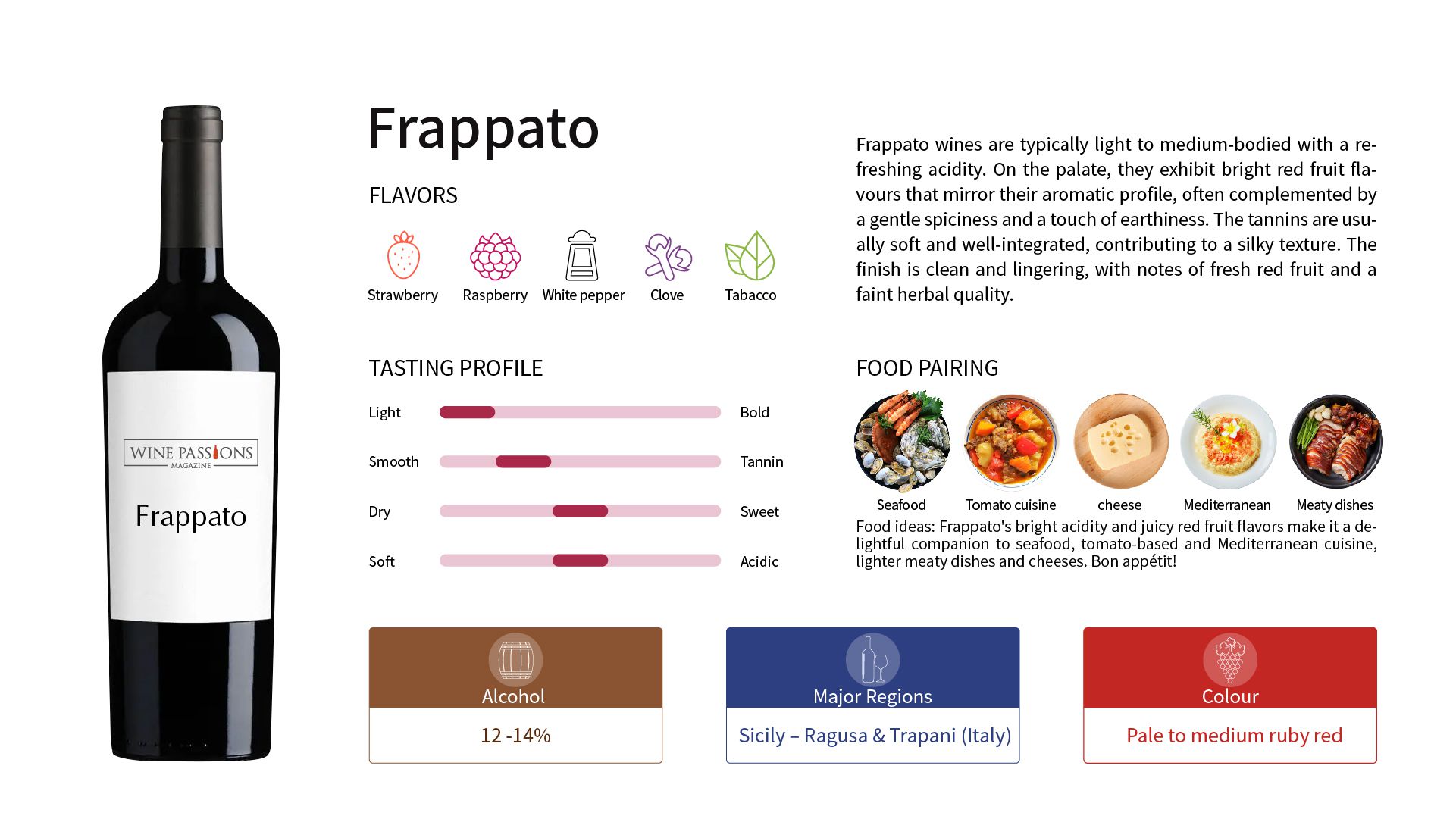Cabernet Franc
Background and Origins
The Pinot Noir variety can be traced back over 2000 years to the Roman era, and during the Middle Ages, it began to be cultivated on a large scale by monasteries, earning the title of the "ancient nobility" of the grape world. Its origin lies in the Burgundy region of northeastern France, where it is considered the soul grape and the foundation for making a variety of world-class wines. Matching its ancient lineage, Pinot Noir is also famous for its cultivation difficulties: thin skin and delicate flesh make it extremely sensitive to climatic conditions, and a slight misstep can prevent the production of fine wine. However, these challenging growing conditions also contribute to its rarity and excellence.
Reasons for Pinot Noir's Popularity
Selective Growing Conditions: Pinot Noir requires very specific climate and soil conditions, usually performing best in cool, moist climates. The sensitivity of this grape to its growing environment allows it to showcase unique flavors specific to certain regions. For example, the climate and soil conditions in the Burgundy region of France are highly suitable for the growth of Pinot Noir, where the limestone and clay soils provide ideal drainage and nutrients, resulting in wines with elegant acidity and complex aromas.
Diversity: Pinot Noir can exhibit a diverse range of flavor characteristics across different growing regions. From the elegance of Burgundy to the fruit-forwardness of Oregon and California in the United States, each region offers a unique tasting experience. In Burgundy, Pinot Noir typically displays complexity influenced by soil and climatic conditions, with aromas ranging from mushrooms, forest floor, to red fruits. In California, particularly in Napa Valley, it may showcase a more ripe and fruit-driven style.
*The Pinot Noir from Oregon's Willamette Valley is often regarded as the American wine most closely resembling the style of Burgundy, known for its delicacy and elegance.
Aging Potential: High-quality Pinot Noir has good aging potential. Over time, its flavors become more complex, developing enchanting notes such as truffles, spices, and animal-like aromas. Many Pinot Noirs develop deeper aromas after aging in the bottle, often unmatched by younger wines. This aging ability makes Pinot Noir a favorite among collectors, especially those from renowned wineries and exceptional vintages.
Market Demand: The demand for Pinot Noir continues to grow, particularly in emerging markets where more people begin to appreciate this elegant and complex red wine. Furthermore, since Pinot Noir is typically associated with premium and luxury products, it attracts consumers willing to pay higher prices for quality offerings. As technology advances, there is increasing awareness of sustainable and organic farming practices, and more emerging regions are beginning to cultivate Pinot Noir, such as South Africa, Argentina, and Australia. These new markets not only increase supply but also provide consumers with more choices, leading to ongoing popularity of Pinot Noir worldwide.
Food Pairing Flexibility: Pinot Noir’s unique flavor structure and smooth mouthfeel allow it to pair seamlessly with a variety of foods. Whether it’s a range of appetizers, white meats, or even fish, Pinot Noir performs remarkably well.
Flavor Characteristics of Pinot Noir
Pinot Noir typically has the following flavor characteristics:
Fruit Aromas: Primarily includes aromas of red fruits such as cherry, strawberry, and raspberry.
Floral and Spicy Notes: Commonly features floral scents like hibiscus and violet, as well as subtle aromas of vanilla, licorice, and other spices.
Texture: The body is usually light, with soft tannins, making it smooth and easy to drink. With aging, the flavors in the wine become more complex.
Main Regions for Pinot Noir
(France) Burgundy: Considered the homeland of Pinot Noir, known for its elegant, complex, and deep red wines. This region is divided into two main parts: Côte de Nuits and Côte de Beaune, each having distinct styles of Pinot Noir.
(United States) Oregon: Oregon is suitable for Pinot Noir growth due to its cool climate and soil conditions, producing many high-quality wines, such as the elegant styles from the Willamette Valley region.
(United States) California: Pinot Noir here is usually fruit-forward, especially in areas like Sonoma and Russian River Valley.
New Zealand: The Central Otago and Martinborough regions are known for producing well-structured, fruit-rich Pinot Noir.
Germany: Known as Spätburgunder in Germany, primarily grown in regions like Pfalz and Baden, appreciated for its refreshing fruit flavors and soft mouthfeel.
Famous Pinot Noir Red Wines
Domaine de la Romanée-Conti (Burgundy, France)
Domaine Serene Evenstad Reserve Pinot Noir (Oregon, USA)
Williams Selyem (California, USA)
Felton Road/Cloudy Bay Pinot Noir (New Zealand)
Handling Tasting Method
Tasting Temperature: 12-15°C
Tasting Glass: aroma collector glass
Decanting Time: 30 minutes
Aging Potential: 10+ years
Food Pairing
Poultry Dishes: Such as roasted duck, chicken, or turkey, which can balance the richness of the meat.
Seafood: Such as salmon or trout, where the light body of the wine complements the fish.
Italian Cuisine: Such as tomato sauce pasta or pizza, which can also pair well with Pinot Noir.
Mushrooms


